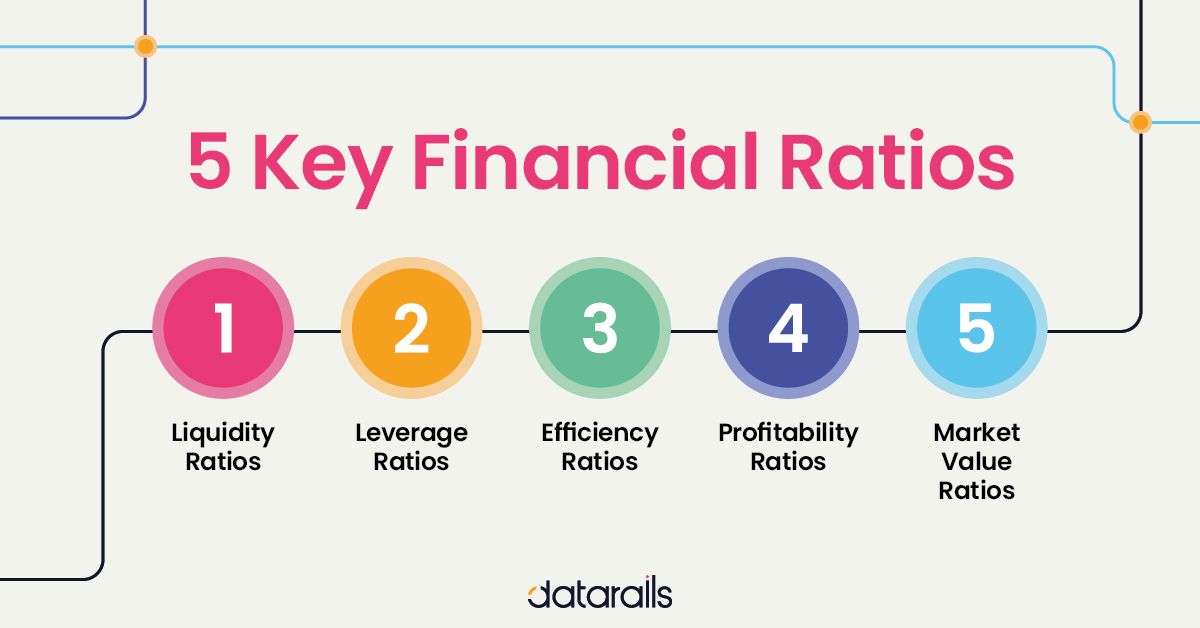
As your business scales and expands, it’s important to track your business risk. However, measuring risk can be challenging without monitoring key financial ratios.
Managing business risk without a clear financial picture is like going on a road trip without a map. By effectively managing business risk, you can determine a clear path forward according to your financial situation.
Using financial ratios can be intimidating if you don’t have a technical understanding of business accounting. Familiarizing yourself with helpful financial ratios to measure business risk is a great start.
Let’s explore why measuring business risk is important and how you can use five financial ratios to gain insights into your business risk profile.
When you run a business, you generally have a destination and goals. There will be financial and business roadblocks that detour your path to success. An in-depth view of your business finances can help avoid risks associated with everyday business events like expansion projects, acquisitions, low cash on hand, increased fixed expenses, increased borrowing, or an increase in sales. Reevaluating your business risk is necessary when these events occur.
Gut feelings and leaps of faith have no room in business. Financial ratios help manage business risk effectively and avoid financial setbacks. According to a study by author Steve Martin, resourcefulness is the number one quality of successful business people. This list of financial ratios is a valuable resource for business owners ready to take their organization to the next level.
Financial ratios provide an accurate picture of risks associated with an organization. They measure different aspects of your company’s financial health for financial management, market risks, and risks related to investing in a company. Financial ratios can help small business owners navigate the risks of selling a product or service. In fact, 60 percent of small business owners admit that they don’t feel knowledgeable about their finances.
Although financial ratios are primarily useful for those already in business, they can benefit someone looking to start a business as well. They can be used to determine if an idea is viable or too risky.
To effectively measure business risk, it’s crucial to calculate key financial ratios. Here are some commonly used ratios that can help you measure your business and financial risk.
1. Contribution margin ratio:
The contribution margin ratio shows the contribution margin (sales – variable costs) as a percentage of your total sales. It tells you how much income there is to cover fixed and variable costs and helps set profit targets.
2. Operating leverage effect (OLE) ratio:
The OLE ratio helps analyze your contribution margin ratio. It measures how your income increases or drops depending on changes in sales volume and shows how much revenue is available to cover non-operating costs.
3. Financial leverage ratio:
The financial leverage ratio measures overall financial risk by comparing the amount of debt held by your company against its income.
4. Degree of combined leverage ratio:
The combined leverage ratio gives a comprehensive view of business and financial risk by showing how the operating and financial leverage ratios relate to each other.
5. Debt-to-equity ratio:
The debt-to-equity ratio is used by banks, financial institutions, and investors to determine the risk of loaning money to an organization.
These financial ratios can help you manage business risk by providing insights into different aspects of your company’s financials and potential risks. While it’s challenging for small business owners to learn all the ins and outs of their finances, understanding and calculating these ratios can make risk management easier.
Explore our Business Growth and Management Guide to learn how to leverage these financial ratios along with your business plan and financial forecasts to strategically grow your business.
Hello!
I’m Andrew Brooks, a seasoned finance consultant from the USA and the mind behind phonenumber247.com.
My career is built on a foundation of helping individuals and businesses thrive financially in an ever-changing economic landscape. At phonenumber247.com, my aim is to demystify the complex world of finance, providing clear, actionable advice that can help you navigate your financial journey with confidence. Whether it’s personal finance management, investment strategies, or understanding the nuances of market dynamics, I’m here to share insights and tools that can propel you towards your financial goals.
Welcome to my digital space, where every piece of advice is a step closer to financial clarity and success!
